Pulled off the Giulia after 8,811 miles and a tad over 9 months. Nothing scary to report, would use with confidence in the future. Replaced with a Boss PBL12222.
Last time I used a PureOne (on the CX-5) the base plates popped off very easily. Most didn’t view this as an issue as the adhesive is really what keeps the pleats together, but it’s worth noting that no such thing occurred this time.
Last time I used a PureOne (on the CX-5) the base plates popped off very easily. Most didn’t view this as an issue as the adhesive is really what keeps the pleats together, but it’s worth noting that no such thing occurred this time.
Attachments
-
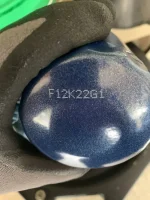 A7E49574-3738-498B-A11C-4DA816CE5269.webp122.3 KB · Views: 208
A7E49574-3738-498B-A11C-4DA816CE5269.webp122.3 KB · Views: 208 -
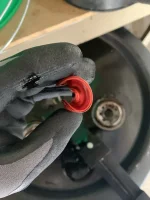 6A23B48F-4E6D-4F84-BB84-9D713EFA27EF.webp74.5 KB · Views: 213
6A23B48F-4E6D-4F84-BB84-9D713EFA27EF.webp74.5 KB · Views: 213 -
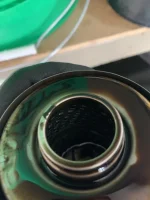 A84E68B2-EE4E-41BD-AA35-9E22CAB3C730.webp52.4 KB · Views: 231
A84E68B2-EE4E-41BD-AA35-9E22CAB3C730.webp52.4 KB · Views: 231 -
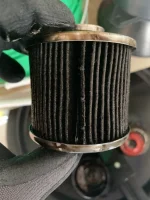 5BAFF203-95BD-4763-B553-6814E17D0C45.webp98.6 KB · Views: 239
5BAFF203-95BD-4763-B553-6814E17D0C45.webp98.6 KB · Views: 239 -
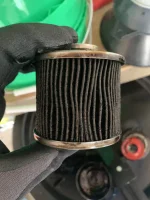 372412CB-5B0C-40AC-B0D7-3FAB29DDBE4B.webp96.6 KB · Views: 245
372412CB-5B0C-40AC-B0D7-3FAB29DDBE4B.webp96.6 KB · Views: 245 -
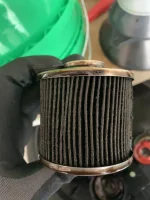 81A0E4A7-0988-4AE5-B4FD-D3EEE55DAE97.webp96 KB · Views: 226
81A0E4A7-0988-4AE5-B4FD-D3EEE55DAE97.webp96 KB · Views: 226
